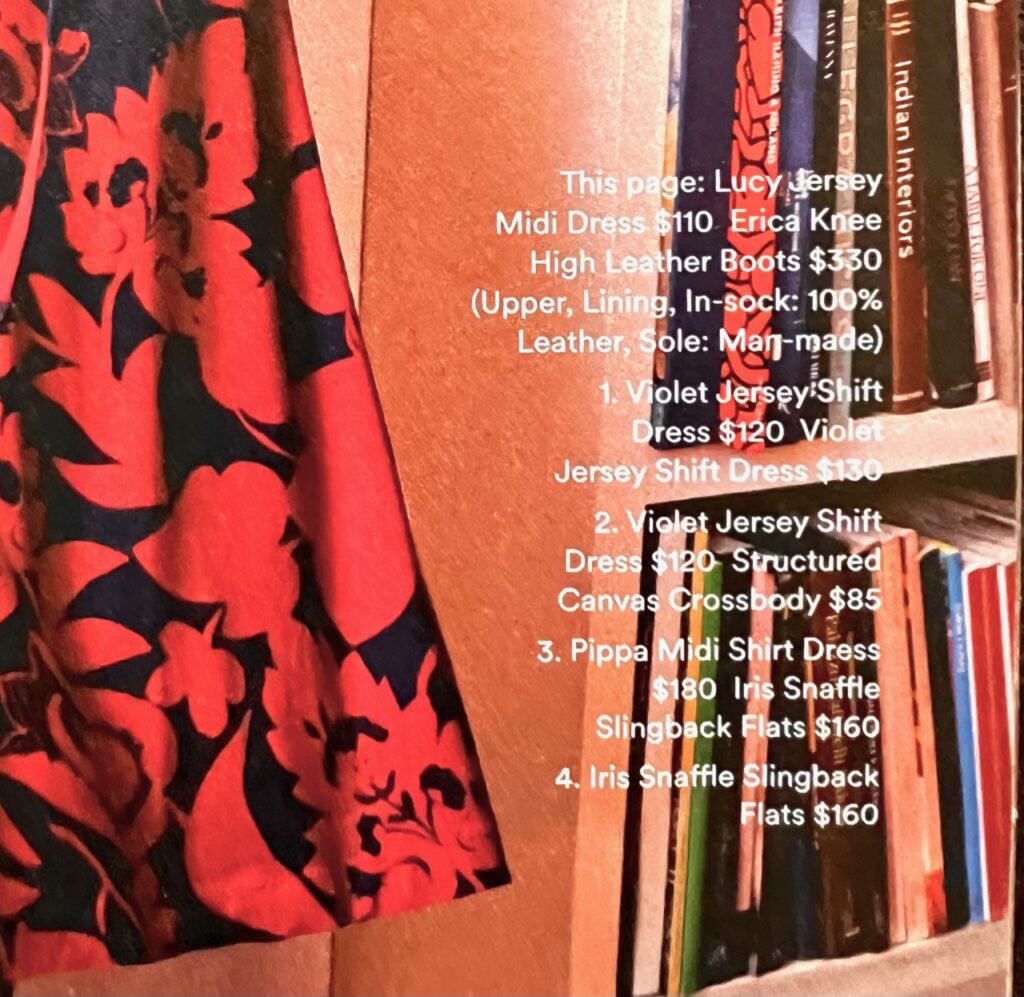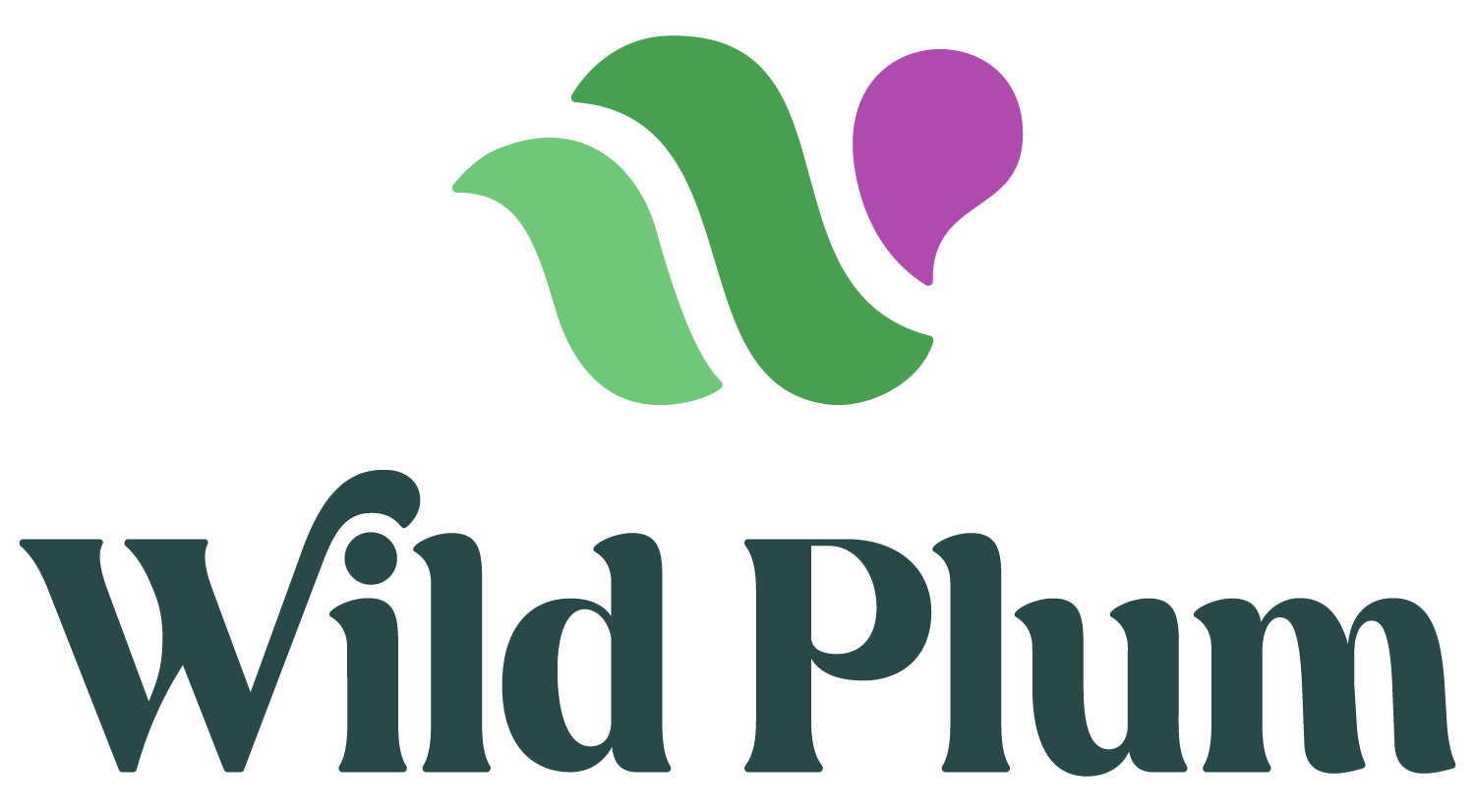Whether you’re preparing marketing materials such as a presentation, designing an advertisement, making a video, or creating a webpage or brochure, design plays a critical role in determining how well your content attracts, communicates, and engages with your audience.
Marketers will tell you that before you create anything or say, “I need a (insert content type here),” start with a content brief. The brief is often a conversation or query to understand what you want to communicate and to whom, so you can choose the best approach. It considers how much information needs to be shared shared and the best way to present it to your audience. From there, it’s all about the details of the content construction itself before handing it off to design. To break this process down, here are a few things to consider.
Consider the job you want your content to do.
What is the purpose of this content? After reading, watching, or interacting with it, what happens? While we’d like one advertisement or brochure to turn a new prospect to a customer, it’s extraordinarily rare. So, build content with one goal in mind. It should be compelling and make the audience want more.
Don’t be “that guy.” We’ve seen it before- PowerPoint slides filled up with information or brochures full of paragraphs expounding the merit of a product. We get it. It’s great that we’re so excited about our products. We want to tell everyone everything we can. But there’s only so much that people will tolerate, let alone be interested in. Instead, resist the urge to overload materials and think about the audience and what you need to communicate in that moment.
Design tips:
- What’s the most important thing for people to see? Is there enough white space around the most important thing?
- Is the content physically easy for the audience to consume? For example, is your font sentence case and left aligned instead of all caps or right aligned? Is the font easy to read? Do you have text over an image, which is often not ADA compliant? See below.
- And if they only read the headline, will it tell them enough? Does your headline or title visually “pop” and make a statement?


It may be even be physically uncomfortable or impossible, compared to the example on the left.
The key message should be compelling enough for your audience to take the next step.
It should be clear to the audience what they should do next. Make sure they can find the next step and easily take it. Simply said – don’t belabor them with long forms, sales pitches to listen to, or things that may turn them off.
Design tips:
- Design for information flow. Think about how people naturally read, view, or interact. In written materials, are the next steps on the bottom or right to follow a natural flow? In digital materials, is the symbol to click familiar or alerting?
- Design for usability and customer experience. Simply put, is it rewarding for the audience? Are there any happy surprises or rewards (jokes, helpful tips) along the way?
Deliver your content how your audience can and wants to consume it.
It may seem obvious but if your ideal demographic is on the young side, odds are they want multimedia content delivered over an app they use. But determining how your content should be created needs to consider a variety of things beyond the demographic.
What is the context for the content? Think for a moment if your content was like a restaurant ordering experience. A fine dining menu might be spoken. A causal dinning menu may be printed with an expansive number of options. A fast food or a cafeteria menu may be on a marquee (perhaps with photos) of limited items.
Also consider industry standard requirements for how content is written, created, or shared. This may require specific formatting and language.
And finally, where are people going to be interacting with your content? If it’s a billboard on a highway, for instance, don’t expect a passersby to read or recall long statements or phone numbers.
Once you have a grasp of these variables, fine-tune your design considerations.
Design tips:
- If you’re writing a lot of information, break it up into sections. Use bullets, numbered lists, or callouts for vital information.
- Appeal to visual learners with infographics, charts, graphs, or images with captions.
- When creating a video, plan for what is seen, said, and written on the screen. You have three communications avenues to plan and coordinate simultaneously.
- If designing an interactive multimedia piece, make sure it’s clear to the user how they can interact with the material. Ensure their actions pay off in benefits (like opening more information, a helpful tip, or plain fun)!
None of this matters unless your content is appealing. Catch their interest!
Think about how you scroll through social posts, walk by shops in a mall, or scan the grocery aisle through dozens of brands. How often do you walk in to a new store in the mall? How likely are you to choose a new brand of soup from an entire aisle of them at the grocery store? And what makes you choose to do either? When it comes to attracting a new customer, we have our work cut out. Think about what it might take to get someone to look at, open, or interact with your content.
Design tips:
- Is your design attractive? Do you use bold colors, a graphic element, or beautiful photography?
- Are you appealing to your audience’s heads and hearts? Does your content invite engagement by creating a mood?
- What does your content’s construction and composition communicate to your audience? Think about the layout, the physical materials, and the interface for digital and interactive pieces. Then, evaluate it against how you want your brand to be perceived. Is it quality? Does it look like it’s from a trustworthy company? Is it serious or funny – whatever your ethos is?
- Is there a payoff that rewards the audience to make them feel good? Once a new vendor sent me a big box of gourmet cupcakes to work. It was a unique and grand enough gesture. I called them back.
We get it. There’s a lot to think about. But even if you apply one or two tips and start thinking more about turning your customer’s experience versus what you want to say and show them, you’ll make improvements. And hey – if it’s all just “too much,” that’s what we’re here for. We think about this all day long and we can help.
For more on this topic:
Stunning facts that demonstrate the monetary value of design.
And check out Wild Plum content & communications services.


Pingback: What makes effective marketing campaign management? - Wild Plum Marketing